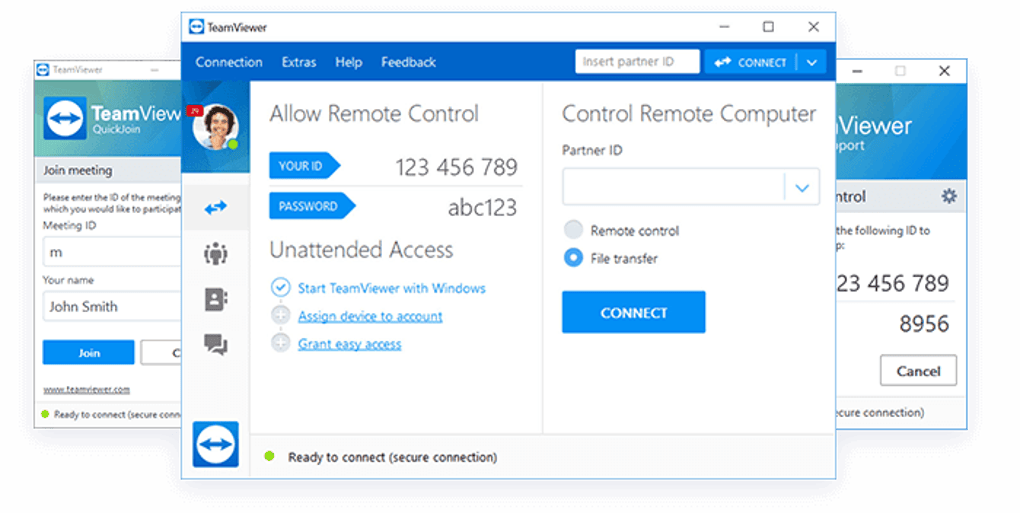
Download the 64-bit version from the TeamViewer website. Uninstall the 32-bit version - do not check the box for Remove settings. To switch from the 32-bit to 64-bit version of the Full client, please follow these steps: How to switch TeamViewer (Classic) from 32-bit to 64-bit on Windows 32-bit and 64-bit versions of all TeamViewer clients for all supported Linux distributions. 📌Note: We don't provide 32-bit versions on macOS because the operating system itself only exists in 64-bit. 64-bit versions of all TeamViewer clients. 📌Note: 64-bit versions of the Full version 64-bit versions of TeamViewer Host and QuickSupport are coming soon. 32-bit versions of all TeamViewer clients. TeamViewer (Classic) provides the following clients for Windows, macOS, and Linux: ▹ Windows If you update from a 32-bit to a 64-bit version your TeamViewer ID will stay the same. This is especially beneficial for heavy usage scenarios with several TeamViewer sessions running simultaneously, connecting to remote systems with high-resolution displays. The 64-bit versions of TeamViewer (Classic) allow for more computer memory to be used if needed. One version must be uninstalled before installing the other. It is not possible to run both the 32-bit and 64-bit versions of TeamViewer (Classic) on the same computer.  For 64-bit operating systems, we recommend installing the 64-bit version of TeamViewer (Classic) - however, the 32-bit version will also work on a 64-bit operating system. For 32-bit operating systems, you must install the 32-bit version of TeamViewer (Classic). You should install the version that matches the architecture of your operating system: TeamViewer (Classic) provides 32-bit and 64-bit versions of our desktop clients on Windows, macOS, and Linux. Learn more in our article: 📄 Install TeamViewer (Classic) on macOS
For 64-bit operating systems, we recommend installing the 64-bit version of TeamViewer (Classic) - however, the 32-bit version will also work on a 64-bit operating system. For 32-bit operating systems, you must install the 32-bit version of TeamViewer (Classic). You should install the version that matches the architecture of your operating system: TeamViewer (Classic) provides 32-bit and 64-bit versions of our desktop clients on Windows, macOS, and Linux. Learn more in our article: 📄 Install TeamViewer (Classic) on macOS 
Open TeamViewer.dmg by clicking on the file (single- or double-click, depending on your setup), and then click the Install TeamViewer icon.ģ. You can now install the TeamViewer (Classic) software on your device.








